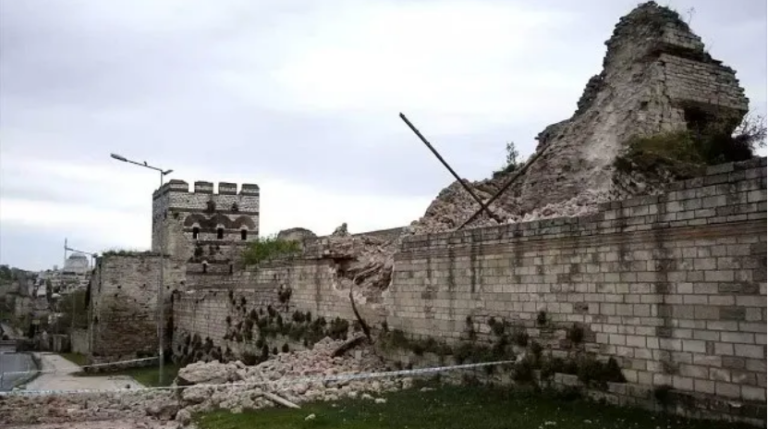Inside a municipal cafe built into Istanbul’s ancient city walls, waiters scurried back and forth carrying cups of strong Turkish tea and hefty slices of chocolate cake.
On one side of the modern wooden building, the view opened towards the Bosphorus, on the other was a courtyard formed from the towering limestone and brick ramparts once built to defend the entire city from invaders, now welcoming people for a hot drink, and a view of a playground.
The waiter Adem Bulgan pointed to a section of the ancient structure next to a walkway, one that bore deep concave marks of erosion.
“See, it’s crumbling – it’s a historical artefact and it’s crumbling,” he said. The wonder of spending the day within a centuries-old structure had quickly worn thin and repairs could be a drag, he added. Occasionally, pieces fell off, requiring a call to municipal officials rather than staff being allowed to fix it themselves.
Mitsotakis: Philip’s palace in Aiges proves the timeless Greekness of Macedonia (photos)
Despite restoration led by the opposition-controlled Istanbul municipality, local news stories about sections of the wall collapsing are a frequent occurrence, a sign of how the city’s pre-Ottoman heritage often hides in plain sight, is allowed to wither or is obscured for political purposes.
Local architects and historians grumbled when a Byzantine palace was restored – under a former Istanbul mayor loyal to President Recep Tayyip Erdoğan – to emphasise its Ottoman features, and is now a museum displaying Ottoman-era crafts.
Continue here: The Guardian
Ask me anything
Explore related questions





